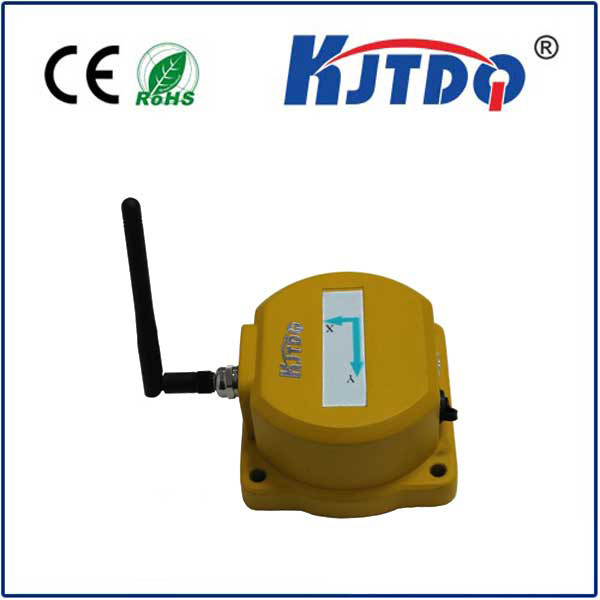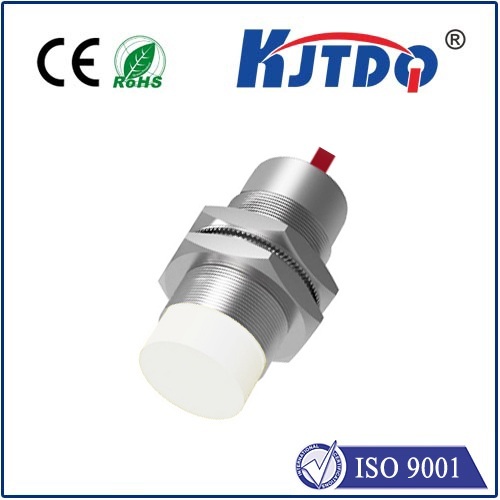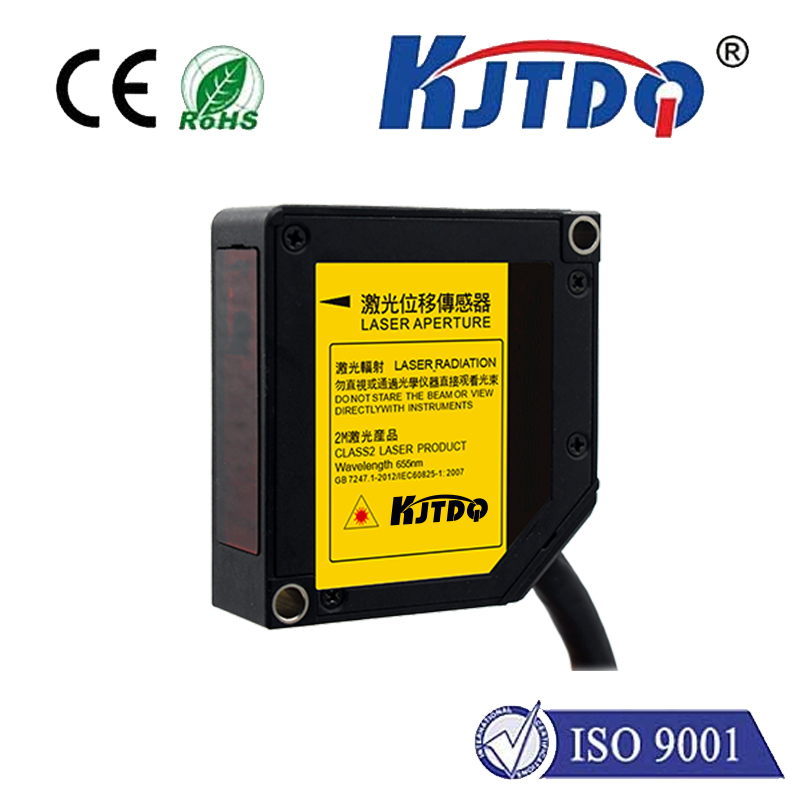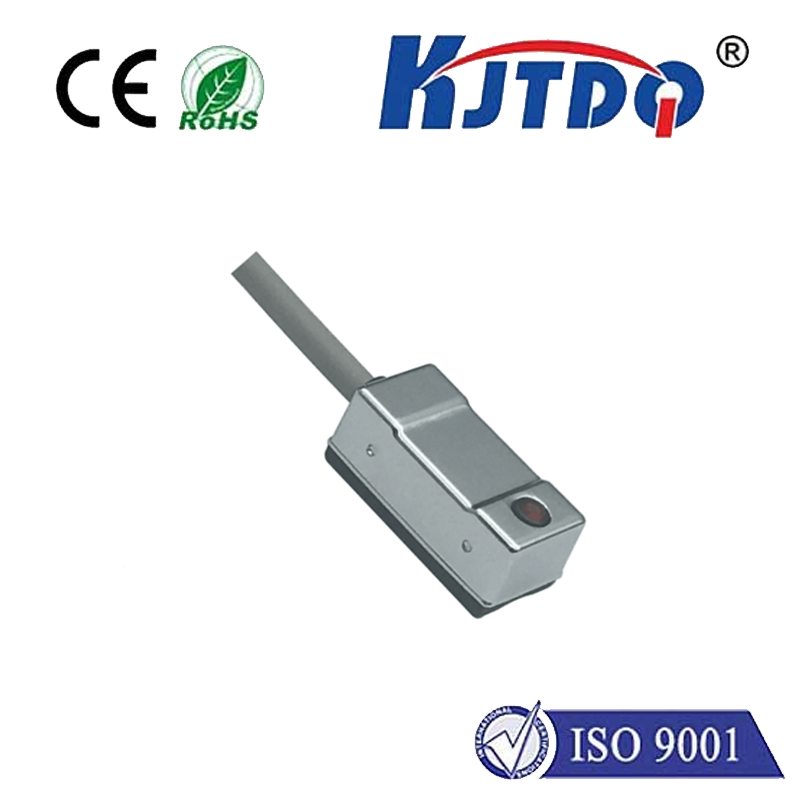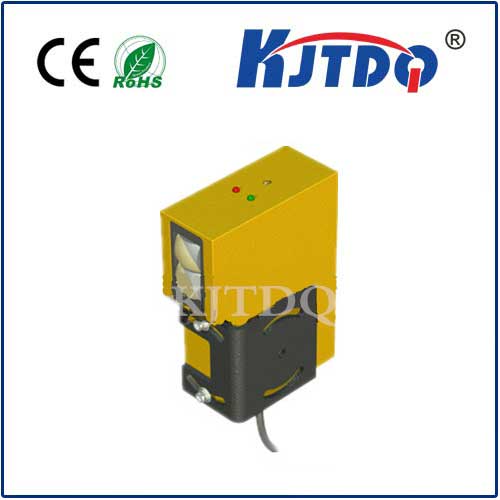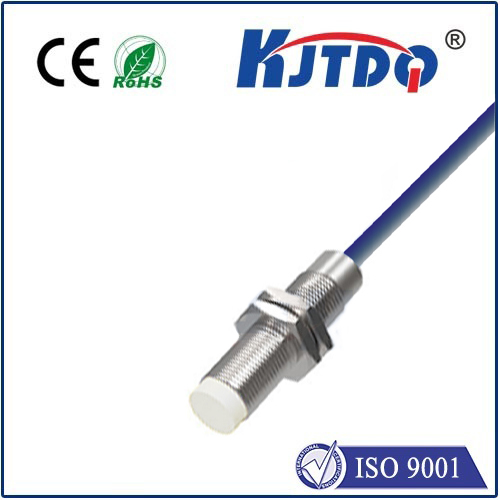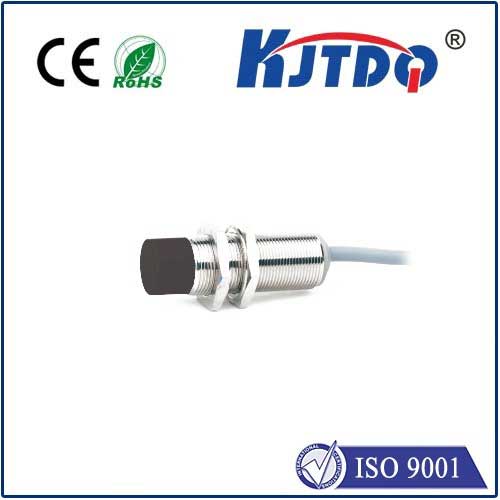

check

check

check

check
The Evolution of Smart Grid Technology: Enhancing Energy Efficiency and Sustainability
In the rapidly evolving landscape of energy management, the integration of smart grid technology has become a cornerstone of modern infrastructure. The title “NI4U-Q8SE-AP6X-V1131” appears to be a specific model or product identifier, possibly related to a smart grid device or system. However, rather than focusing on the technical details of this particular model, the article will explore the broader implications of smart grid technology in enhancing energy efficiency and promoting sustainability.
Smart grid technology represents a significant advancement in how electricity is generated, distributed, and consumed. Unlike traditional power systems, which are often isolated and reactive, smart grids are designed to be responsive, efficient, and adaptable. This shift is driven by the need to address the growing demand for clean energy, reduce carbon emissions, and ensure a more stable and reliable power supply.

At the heart of smart grid innovation is the use of advanced communication technologies, such as IoT (Internet of Things), AI (Artificial Intelligence), and big data analytics. These tools enable real-time monitoring and control of energy flow, allowing utilities to optimize distribution and detect potential issues before they cause disruptions. For instance, smart meters provide households and businesses with detailed insights into their energy consumption patterns, empowering users to make more informed decisions about their energy use.
One of the most significant benefits of smart grids is their ability to integrate renewable energy sources into the power system. As the world transitions toward cleaner energy, smart grids facilitate the seamless integration of solar, wind, and other renewable sources by balancing supply and demand dynamically. This not only reduces reliance on fossil fuels but also minimizes energy waste and enhances overall sustainability.
Moreover, smart grids play a critical role in improving grid resilience. By incorporating smart sensors and automated systems, these grids can quickly detect and respond to outages, reducing downtime and ensuring continuous power supply. This is particularly important in areas prone to natural disasters or extreme weather conditions, where traditional power systems may be vulnerable to failure.
In addition to these technical advantages, smart grid technology also supports the development of energy-efficient appliances and buildings. By enabling real-time data exchange between homes, businesses, and the grid, smart grids encourage the adoption of energy-saving practices. For example, smart thermostats can adjust heating and cooling based on usage patterns and external conditions, reducing energy consumption and lowering utility bills.
The adoption of smart grid technology is not without its challenges. Privacy concerns, cybersecurity threats, and the need for significant investment in infrastructure are among the hurdles that must be addressed. However, as governments and private companies continue to invest in digital transformation, the benefits of smart grids are becoming increasingly clear.
In conclusion, the evolution of smart grid technology marks a pivotal shift in how we manage energy. By integrating advanced communication and automation systems, smart grids offer a more efficient, sustainable, and resilient energy future. As we move forward, the continued development and implementation of these technologies will be crucial in shaping a cleaner and more intelligent energy landscape.
